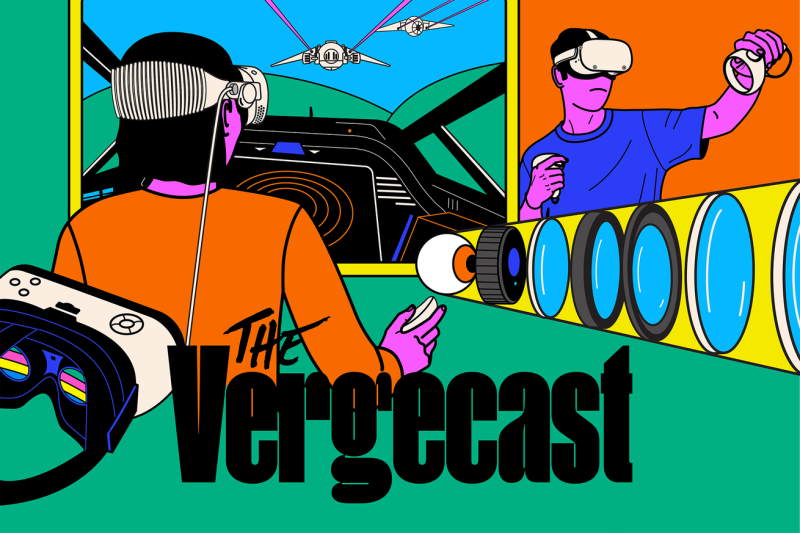In today’s digital age, the integration of virtual reality (VR) technology into various aspects of our lives has brought about a revolutionary shift in how we perceive and interact with the world around us. By immersing users in realistic and interactive computer-generated environments, VR has the power to transport individuals to places they may never have had the chance to visit otherwise. The potential of VR goes beyond just entertainment and gaming, as it has also made significant strides in fields such as education, healthcare, and even the workplace.
One of the most intriguing aspects of VR is its ability to simulate real-world scenarios that would otherwise be costly, dangerous, or impossible to recreate. The technology has been leveraged in fields such as healthcare for training medical professionals in surgical procedures, providing a safe and controlled environment where they can practice and hone their skills before operating on real patients. Similarly, VR has been used in the military for training purposes, allowing soldiers to immerse themselves in lifelike combat situations without any actual risk to their lives.
Another area where VR has made a profound impact is in education. By creating immersive learning experiences, students can engage with subjects in a way that traditional methods cannot replicate. For example, students can explore ancient civilizations by walking through virtual archaeological sites, or delve into the complexities of the human body by taking a journey through a 3D representation of the human anatomy. This hands-on approach to learning not only enhances retention and understanding but also makes the educational experience more enjoyable and engaging.
In the realm of the workplace, VR technology has paved the way for new and innovative methods of training and collaboration. Companies can conduct virtual meetings and conferences, bringing together employees from around the world in a shared digital space. This not only reduces travel costs and carbon emissions but also fosters a sense of unity and teamwork among remote team members. Additionally, VR can be used for simulating work environments and scenarios, allowing employees to practice and develop new skills in a safe and controlled setting.
Despite its myriad benefits, VR technology still faces some challenges and limitations. Issues such as motion sickness, high costs, and technical requirements can hinder widespread adoption. However, as the technology continues to evolve and improve, these barriers are gradually being overcome, making VR more accessible and user-friendly than ever before.
In conclusion, the integration of VR technology into our lives has opened up a world of possibilities, blurring the lines between reality and imagination. As we continue to explore the potential applications of VR in various industries, it is clear that this transformative technology has the power to revolutionize how we learn, work, and interact with the world around us. By harnessing the immersive and interactive capabilities of VR, we can truly see the real world from a whole new perspective, inside a virtual one.





























